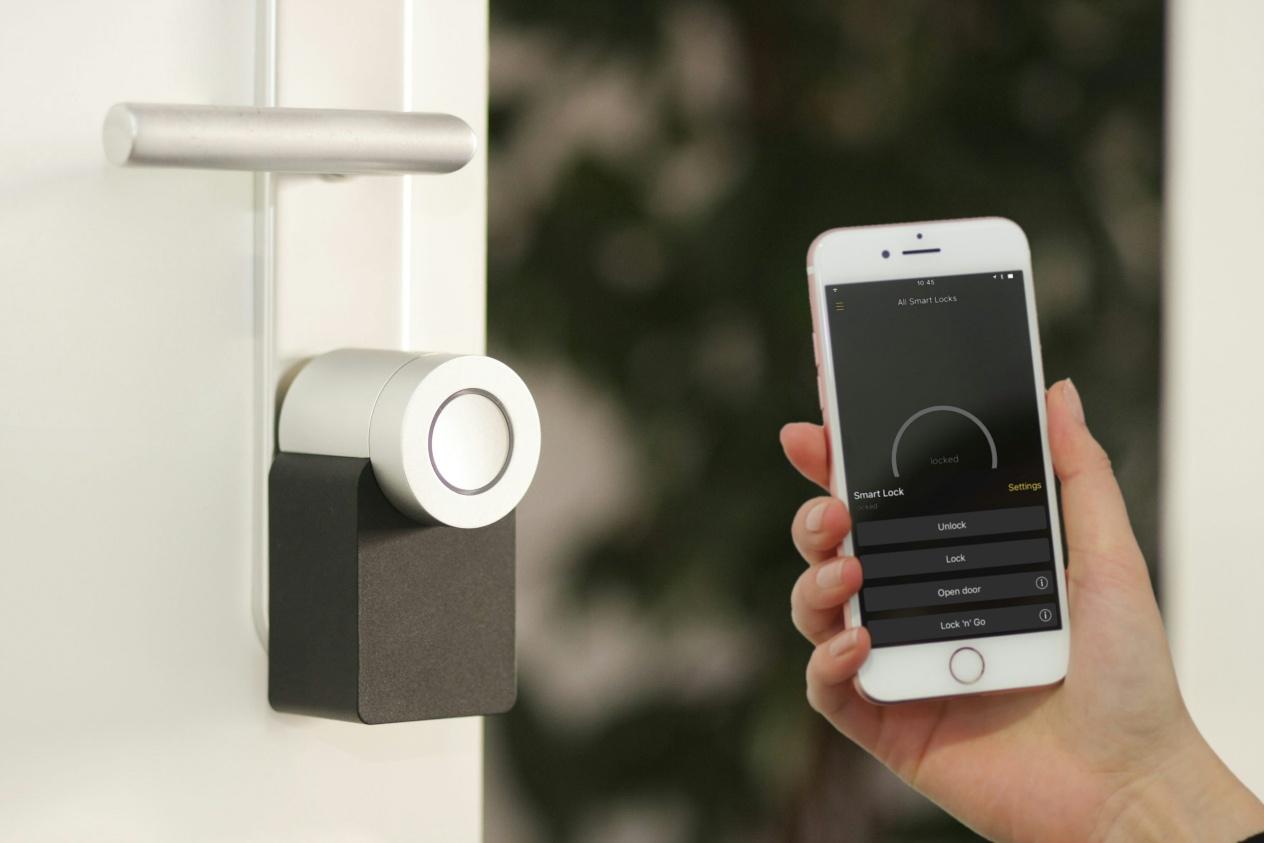Incorporating sustainable methods and cutting-edge technologies into home design is changing our way of life and improving our surroundings’ efficiency, elegance, and health-consciousness. Homeowners can greatly lower energy use and improve convenience using cutting-edge solutions, including smart thermostats and energy-efficient appliances. Using environmentally friendly materials also reduces environmental impact and gives living areas distinctive visual appeal. Careful design techniques that maximise space and support well-being help create harmonious surroundings for modern lives. This all-encompassing approach to house design shows a dedication to sustainability and a better knowledge of the connectivity among comfort, utility, and health.
Integrating technology for efficiency
Maximising energy use and improving daily convenience in modern homes depend on innovative technologies. Smart thermostats, energy-efficient appliances, controlled lighting systems, and roof integrated PV panels cut waste and slash utility costs. These developments simplify daily chores and let homeowners remotely monitor and change their energy consumption, promoting a more sustainable way of life. Living areas can demonstrate a dedication to modern sustainability by including such smart solutions, therefore transforming them from utilitarian to environmentally beneficial.
Utilising sustainable materials
Creating both fashionable and ethical environments depends much on the eco-friendly materials chosen. Choices such as recycled metal, bamboo, and repurposed wood reduce environmental impact and provide original character to homes. Many times, including resilience and longevity, these materials help to enhance resource conservation by lowering the need for regular replacements. By prioritising sustainable options, homeowners may help create a better world and still enjoy the visual advantages of well-chosen design details.
Maximising space and functionality
Modern dwellings’ increasing comfort and utility depend on effective space use. Modern design ideas like open-plan layouts and multifunctional furniture make even the smallest spaces seem large by allowing smooth transitions between sections. Including built-in storage solutions guarantees that every square metre can be used and helps simplify without sacrificing a neat appearance. Living spaces can meet the many needs of their occupants by giving flexibility and careful organisation top priority, therefore encouraging a harmonic balance between design and utility.
Promoting health and well-being
Making health a top priority in surroundings would greatly improve quality of life. For example, natural light improves mood and productivity and lowers reliance on synthetic lighting. Including plants inside a house enhances air quality and helps one feel calm and connected to nature. Using non-toxic materials and finishes also helps to improve indoor air quality and reduce chemical exposure. Carefully planned environments that promote physical and mental health will help homeowners create a haven supporting a healthy and happy way of life.
Conclusion
Combining sustainable materials, technology, clever space use, and a focus on health and well-being produces a holistic approach to modern living that improves environmental responsibility and comfort. Adopting these ideas helps homeowners create areas that not only mirror their beliefs but also help create a more sustainable future. This deliberate design concept promotes a harmonic balance between utility and beauty, guiding a more satisfying lifestyle that prioritises human well-being and the earth’s health.
Sign up for our Daily newsletter
We'll be in your inbox every morning Monday-Saturday with all the day’s top business news, inspiring stories, best advice and reporting from Entrepreneur,

